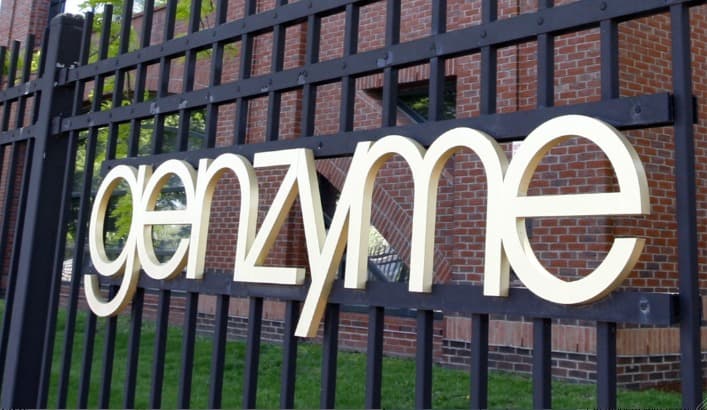
Genzyme production in ‘recovery mode’
pharmafile | October 23, 2009 | News story | Manufacturing and Production | Cerezyme, Genzyme
Henri Termeer, chief executive of US biotechnology company Genzyme, says the company is now in ‘recovery mode’ after the virus contamination problems that knocked out its production facility in Allston earlier this year.
Termeer told analysts and reporters on Genzyme’s third-quarter conference call that “Allston is working again”, with shipments of the two products most affected by the shutdown – Cerezyme (imiglucerase) for Gaucher disease and Fabrazyme (agalsidase beta) for Fabry disease, restarting next month and in December, respectively.
“We expect to get all patients back to full dose in the first quarter [of 2010],” said Termeer.
The impact of the production problems on two of Genzyme’s top products was easily seen in its third-quarter results, with revenue down 9% to $1.06 billion. Around $200 million in lost sales was attributable purely to the Cerezyme shortage.
In tandem with re-validating the four 2,000-litre bioreactors at the plant, Genzyme has implemented a viral screening programme for all raw materials entering the unit, continuous monitoring of bioreactors to look for metabolic signatures caused by viral contamination, and in-process biotesting.
Boosting capacity
Genzyme has embarked on a $1 billion project to boost capacity and build-in redundancies should a similar situation arise in the future. The 8,000 litres in operation at Allston will be expanded to 32,000-litres by 2012, said Termeer, with additional capacity also coming from a soon-to-be-completed unit at Genzyme’s plant in Framingham, USA, and a three x 4,000-litre unit in Geel, Belgium.
The Framingham unit will boost Genzyme’s capacity to make Fabrazyme while the Belgian plant is intended to manufacture Lumizyme (alglucosidase alfa), Genzyme’s treatment for Pompe disease.
The latter product has been made in Framingham under a different trade name, Myozyme, and brought in third-quarter revenues of $86 million. However, the Food and Drug Administration has ruled that transferring production to a 2,000-litre reactor at Allston will effectively create a different product, requiring separate approval and the new brand name.
The FDA is due to deliver a verdict on Lumizyme made in the 2,000-litre Allston facility by November 14, and if Genzyme does get approval it will then file for approval to make it using the 4,000-litre reactors.
Genzyme is expecting great things from Lumizyme, saying earlier this year it expects a dramatic rise in sales if and when the Allston material is approved. However, Termeer believes that despite the new capacity coming online it may have to think about adding even more in a couple of years.
Once the 4,000-litre material is ready “we have capacity for around 3000 patients”, he said, noting that each 4,000-litre reactor produces enough material for roughly 1000 patients.
Such is the anticipated growth, however, that the 12,000 litres devoted to the product may not be enough to meet demand after 2012, according to Termeer.
“We are continuing to look for a way to expand the capacity for Myozyme,” he said.
Related Content

Use of Genzyme’s MS drug Lemtrada restricted under ongoing EMA safety review
The EMA has launched a review into Genzyme’s multiple sclerosis drug Lemtrada (alemtuzumab) after reports …

Alnylam and Sanofi close research phase of 2014’s $700m RNAi rare disease partnership
Alnylam and Sanofi have announced their intention to bring to an end the research and …

Cancer drugs prices vary up to 388% between high-income countries
The price of new cancer drugs varies widely between high-income countries in Europe, Australia, and …








